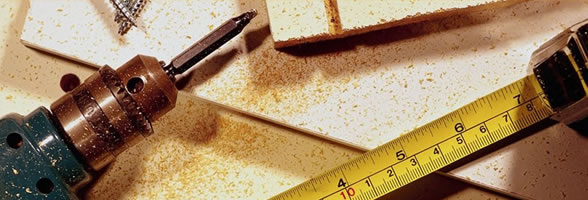
Club de Revistas de Dermatopatología. Jueves 6 de Diciembre 2012
02.12.2012 12:46The Basic Science of Hair Biology
What Are the Causal Mechanisms for the Disordered Hair Follicle?
Trisia Breitkopf, MSca,b, Gigi Leung, BSca,b, Mei Yu, MD,PhDa,b, Eddy Wang, BSca,b, Kevin J. McElwee, PhDa,b,*
PubMed: www.ncbi.nlm.nih.gov/pubmed/23159172
INTRODUCTION: WHAT IS A HAIR FOLLICLE DISORDER?
Hair disorders are not directly life threatening, although they can be a symptom of a more serious condition. A hair disorder may indicate significant threats to life from shedding as a result of toxin exposure, through tumor-secreting hormonal imbalances, to extensive inflammation as occurs with systemic lupus erythematosus. Fundamentally, however, a hair disorder is any condition in which the visible hair coverage over the skin falls outside of normal hair growth parameters. The definition of “normal hair growth” varies with gender, ethnicity, age, and, often, the particular opinion of the individual concerned. For most people, “normal” scalp hair coverage requires a certain density of terminal hair follicles over the frontal, temporal, auricular, midscalp, vertex, and occipital scalp. Of course, there may be considerable variability in tolerance. The exact geographic limits of terminal scalp hair coverage can differ with ethnicity; the hairline for some East Asian-Indians can be notably more forward on the temples than that for persons of other ethnicities, for example. The nature of the coverage also
KEY POINTS
_ A hair follicle disorder can be defined as when the characteristics of hair growth fall outside thecommonly accepted parameters for a particular group, whether identified by gender, age, ethnicity,and/or culture.
_ A patient’s perception of a hair disorder is determined by differences in “hair coverage” relative tothe prior hair growth pattern and/or the growth patterns of others in the patient’s cultural group.
_ A dermatologist’s perception of a hair disorder is determined by objective measurements of hairfollicle density per unit area of skin and average terminal hair fiber thickness.
---------------------------------------------------------------------
—————
